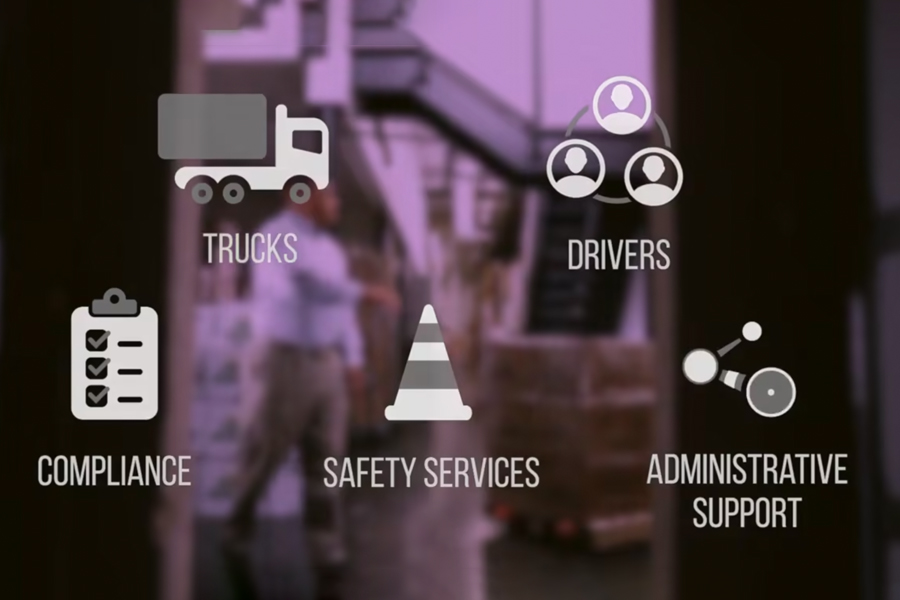Flexing Modes to Gain Capacity

Right now, many companies are questioning whether they should be managing their own fulfillment, shipping, and delivery processes at all. For example, a small to midsized firm with core competencies in product manufacturing, for instance, probably isn’t best positioned to handle its own transportation network. This company may have successfully managed its own transportation internally during “normal” operating environments, but what it’s dealing with right now is anything but normal.
The transportation environment is uncertain and somewhat chaotic right now. There’s a lot of imbalance within the networks. The pendulum that swings back and forth between shippers and carriers, for example, is now firmly in the latter’s territory. Meaning, rates are climbing, capacity is fluctuating, and carriers have more than enough customers to work with.
The situation is unbalanced, and that’s putting pressure on tender acceptances. Because of this, more companies are looking for ways to diversify the modal mixes used to move their freight, be it truckload, less-than-truckload (LTL), dedicated fleets, or a combination of all three. These diverse approaches are helping companies deal with the cyclicality that we’re seeing in the market right now.
To manage these diverse networks, companies also need the right combination of software, analytics, and visibility tools that support good decision-making and allow them to operate profitably. In absence of these tools, companies can’t make the deeper decisions needed to adjust their networks and models, nor can they reduce the market-driven variabilities that are impacting their operations.
A transportation industry already dealing with driver shortages and capacity issues pre-pandemic has since been pushed into unknown territory due to the pandemic, the massive uptick in e-commerce orders, and ever- shrinking delivery times. When the truck driving schools shut down due to COVID, for example, the new graduate pipeline also stopped. Now they’re running at reduced capacity, and that’s created a lack of new drivers entering the market.
Concurrently, the pandemic pushed some drivers out of the job market prematurely. Those that were considering retirement, for instance, took the opportunity to do that when COVID hit. This double whammy has put new pressures on carriers. The same providers are also managing higher shipping volumes; an increase in large, bulky packages being shipped to homes (versus retail outlets); and persistent last-mile delivery challenges.
As if these challenges weren’t enough to make companies rethink their transportation networks, carriers also had to adjust to the “touchless” delivery environment and find ways to leave packages at the threshold while also capturing proof-of-delivery information.
They’re also seeing an uptick in business volumes driven by the reshoring/onshoring trend, whereby manufacturers reposition some or all of their production operations in the U.S. Combined, these developments are putting extreme pressure on transportation networks.
To cope, many companies are turning to experienced, capable transportation management partners that offer a broad scope of standard and customized services. Well versed in all things transportation, these partners ease the pain of transportation management while letting companies do what they do best: run their businesses profitably and effectively.



